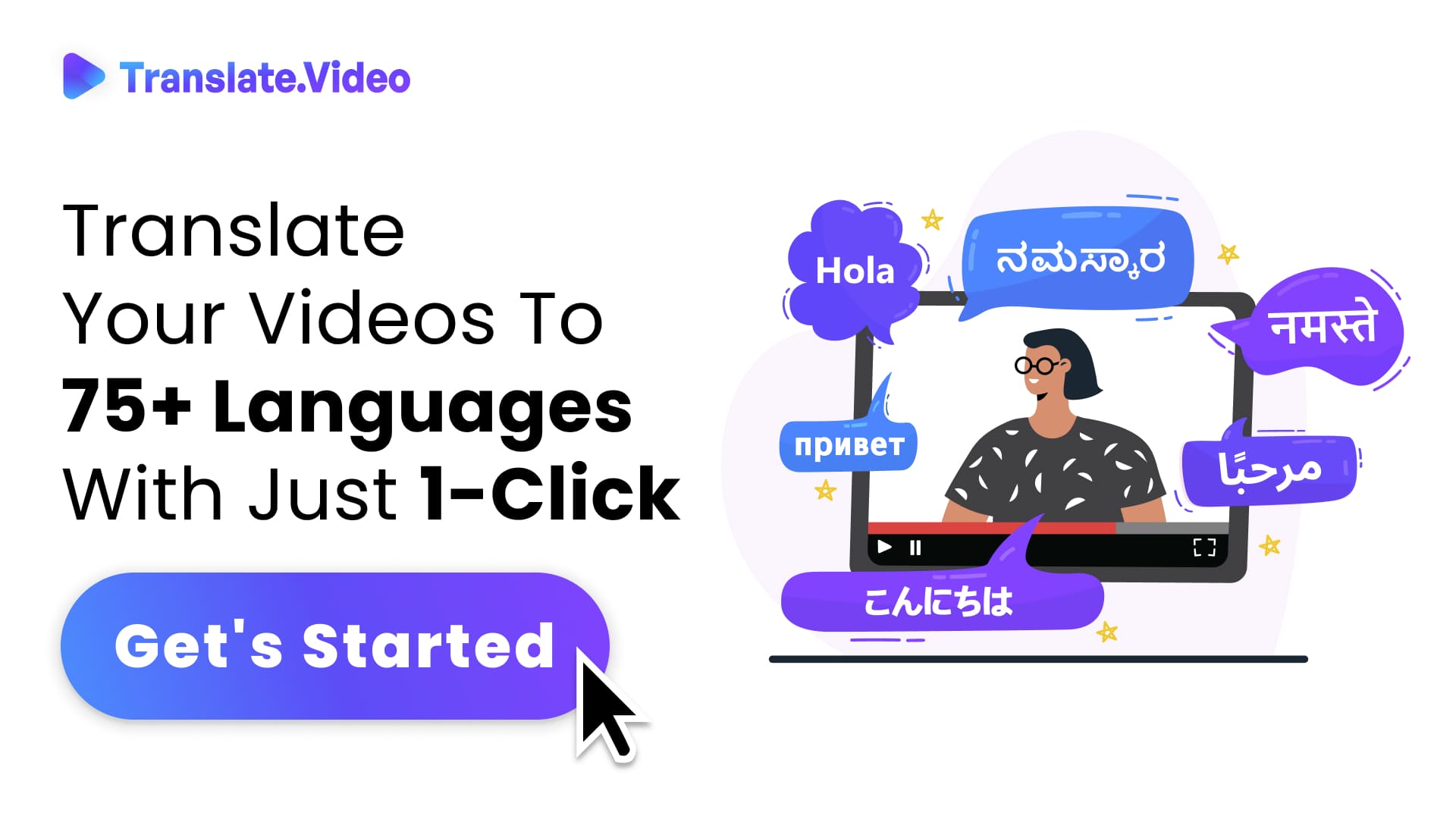Unlocking Global Audiences: Translating External Links and Resources for YouTube Creators
Website Localization for YouTube Creators: Translating External Links and Resources
As YouTube creators aim to reach a global audience, website localization becomes a crucial aspect of their content strategy. While translating video subtitles and titles is common practice, there's another essential element that often gets overlooked - the localization of external links and resources. Let's delve into why translating these components is important and how it can benefit YouTube creators.
The Significance of Website Localization
Website localization involves adapting the content of a website to suit the cultural and linguistic preferences of different regions or countries. It goes beyond just translating text and extends to graphics, user interfaces, and other elements. By localizing their websites, YouTube creators can provide a seamless and immersive experience to viewers around the world.
The Importance of Translating External Links and Resources
When YouTube creators share external links and resources, such as references, product links, or affiliated websites, these often remain in the language of the creator. However, failing to translate these links can create confusion and hinder the viewer's experience.
By translating external links, creators can ensure that their international viewers have access to the same information and resources. It also demonstrates a commitment to inclusivity and provides a more user-friendly experience for non-native speakers.
Benefits of Translating External Links and Resources
Enhanced User Experience: Translated external links and resources make it easier for viewers to navigate and engage with the content. They can seamlessly access relevant information, products, or services in their preferred language.
Improved Viewer Engagement: When viewers can understand and access the resources shared by creators, they are more likely to engage with the content. This can lead to increased viewership, interactions, and overall audience satisfaction.
Expanded International Reach: Translating external links and resources broadens the reach of YouTube creators, enabling them to connect with a larger global audience. By accommodating diverse language preferences, creators can attract viewers from various regions and cultures.
Building Trust and Credibility: Localization demonstrates a creator's commitment to providing an inclusive and valuable experience. By translating external links and resources, creators build trust and credibility with their international viewers, fostering a stronger connection and loyalty.
Implementing Website Localization for External Links and Resources
To effectively translate external links and resources, YouTube creators can collaborate with professional translators or localization experts. They can integrate translation tools or plugins into their website to automate the process. Additionally, maintaining a centralized database of translated resources can streamline the localization workflow and ensure consistency across the website.
Conclusion
As YouTube creators strive to reach a global audience, website localization becomes a vital aspect of their content strategy. Translating external links and resources demonstrates a commitment to inclusivity, enhances the user experience, and expands the creator's international reach. By investing in website localization, YouTube creators can create a more engaging and accessible online presence for viewers worldwide.
FAQs
1. What is website localization?
Website localization involves adapting the content of a website to suit the cultural and linguistic preferences of different regions or countries. It includes translating text, adapting graphics, and ensuring a seamless user experience for viewers around the world.
2. Why is it important to translate external links and resources on YouTube?
Translating external links and resources on YouTube ensures that viewers from different language backgrounds can access the same information, products, or services. It improves user experience, engagement, and demonstrates a commitment to inclusivity.
3. How does translating external links and resources benefit YouTube creators?
By translating external links and resources, YouTube creators enhance the user experience, improve viewer engagement, and expand their international reach. It builds trust and credibility with international viewers, fostering a stronger connection and loyalty.
4. How can YouTube creators implement website localization for external links and resources?
YouTube creators can collaborate with professional translators or localization experts to translate their external links and resources. They can integrate translation tools or plugins into their website to automate the process. Maintaining a centralized database of translated resources can also streamline the localization workflow.
5. Can website localization help YouTube creators attract a global audience?
Yes, website localization, including the translation of external links and resources, allows YouTube creators to connect with a larger global audience. By accommodating diverse language preferences, creators can expand their reach and engage viewers from various regions and cultures.
6. Should YouTube creators consider professional translation for external links and resources?
Professional translation for external links and resources ensures accuracy and quality. Translators with expertise in the target language and culture can effectively convey the intended message and adapt it to the local context, providing a high-quality user experience for viewers.
7. Is website localization only about translating external links and resources?
Website localization extends beyond translating external links and resources. It also involves translating website content, adapting graphics and user interfaces, and ensuring cultural appropriateness. These elements collectively create a localized experience for viewers.
8. How can YouTube creators maintain consistency in translated external links and resources?
YouTube creators can maintain consistency by using a centralized database or translation management system. This ensures that translated resources are readily available, allowing creators to keep track of updates and maintain consistency across their website.
9. Can automated translation tools be used for translating external links and resources?
Yes, automated translation tools can be used as a starting point, but they may not provide the same level of accuracy and cultural adaptation as professional translation. It's advisable to have a human translator review and refine the translations for optimal quality.
10. Is website localization a one-time process?
Website localization is an ongoing process. As YouTube creators create new content or update their external links and resources, they need to ensure that these elements are translated and localized accordingly to provide a consistent experience for their viewers.
Trending Tags
Trending Blogs
What are you waiting for?
Your Dubbing, Subtitles, Captions in one place
Signup free!
